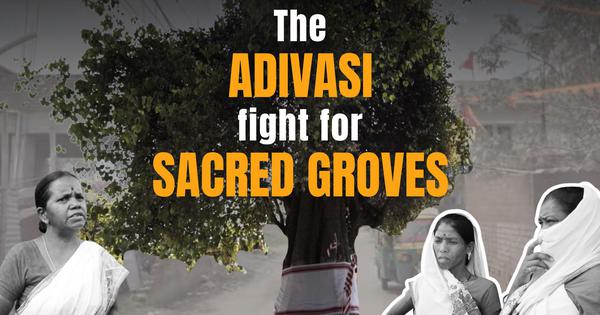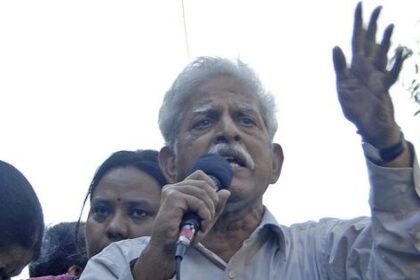Strong ties to the environment drive Adivasi efforts to protect their sacred groves from development pressures.
The sacred groves in Jharkhand hold profound significance for Adivasi communities, serving as a vital component of their cultural and spiritual identity. These forest patches are not merely land; they are integral to the Adivasi way of life, representing a deep-seated connection to nature and the environment. Traditionally, each Adivasi village has maintained a designated area of forest, known as sarna sthals, located on the outskirts of the community. These sacred sites have long been preserved for rituals, prayers, and as a testament to the community’s commitment to conserving their natural surroundings.
However, these cherished groves are increasingly under threat due to rapid urbanization and development projects. An illustrative example of this struggle was seen earlier this year when community members gathered to protest the construction of a flyover ramp near the Siram Toli sacred grove in Ranchi. The site, revered by the Adivasi community, is akin to the Kumbh mela for Hindus, symbolizing the community’s spiritual connection to the land.
Protestors expressed their concerns regarding the implications of such developments, highlighting that the sacred groves are more than just natural resources; they embody the cultural heritage and spiritual practices of the Adivasi people. The loss of these sacred sites would not only diminish their environmental landscape but also disrupt the cultural continuity that has been preserved for generations.
The shrinking of these groves reflects a broader trend that threatens the relationship between the Adivasi communities and their environment. As urban areas expand and development projects take precedence, the need for protecting these sacred spaces becomes increasingly urgent. Members of the Adivasi community are actively seeking ways to safeguard their sacred groves, advocating for their importance and pushing back against encroachments that jeopardize their cultural identity.
Conversations with community members reveal a shared understanding of the ecological significance of these groves. They serve as critical habitats for various species and play a vital role in maintaining local biodiversity. The Adivasi belief system, which emphasizes harmony with nature, reinforces their commitment to protecting these areas against the backdrop of modern challenges.
As the conflict between urban development and cultural preservation continues to unfold, the Adivasi community stands resilient in their fight to preserve their sacred groves. Their efforts reflect a broader struggle to maintain cultural identity and environmental stewardship in the face of encroaching urbanization. The preservation of these sacred spaces is not just about protecting trees and land; it is about safeguarding a way of life that has flourished for centuries, rooted in reverence for the natural world.








